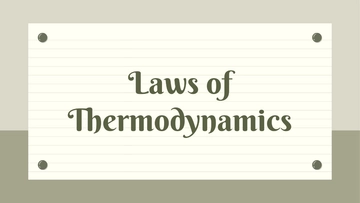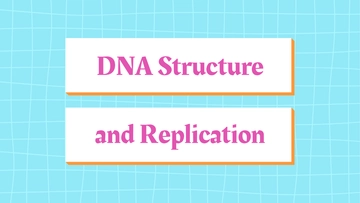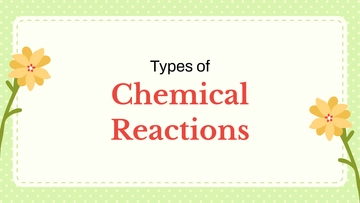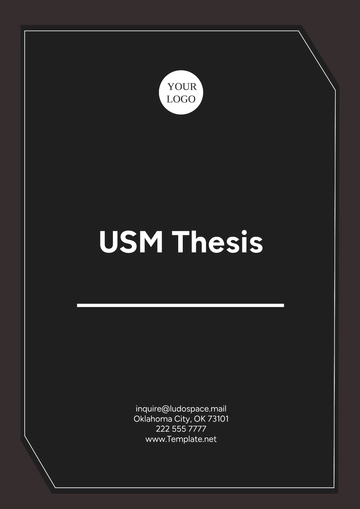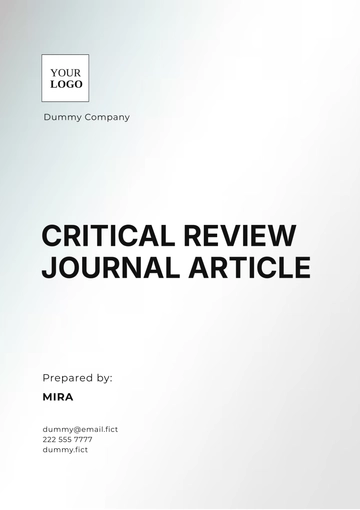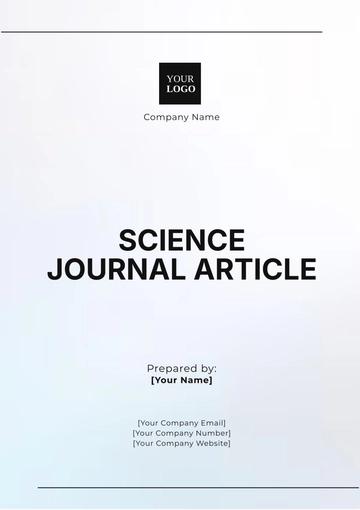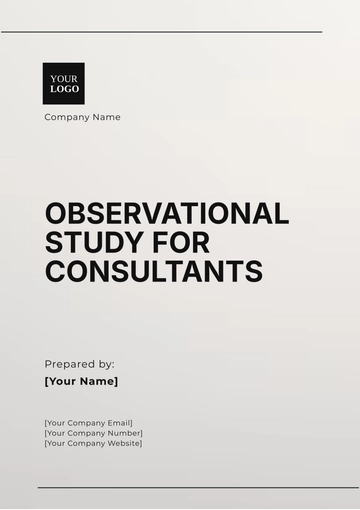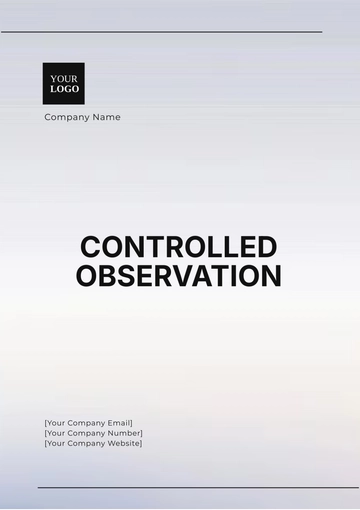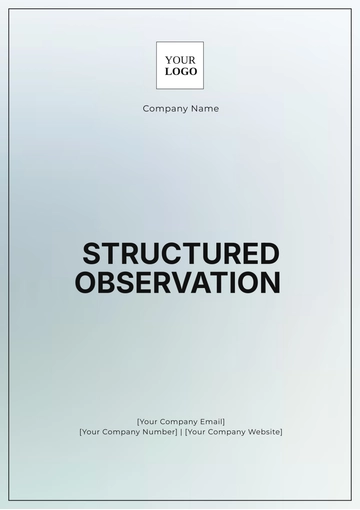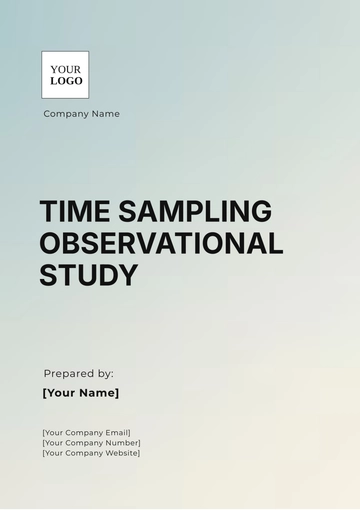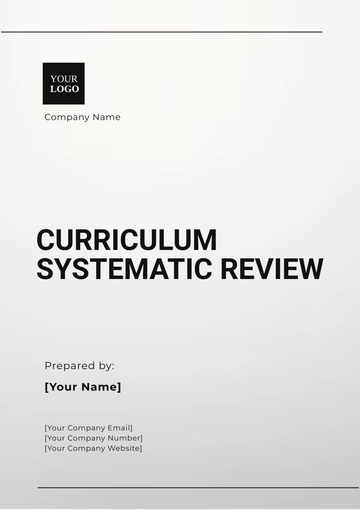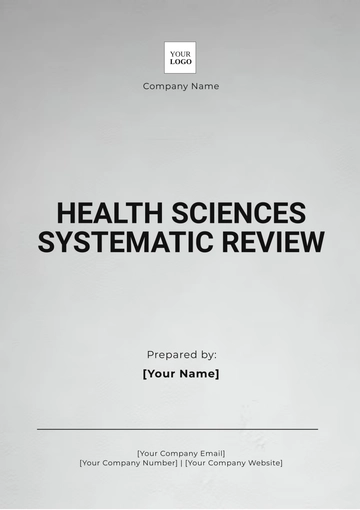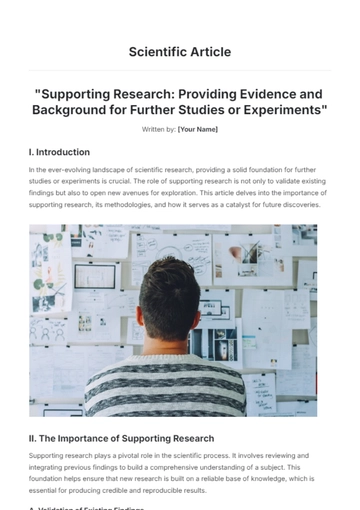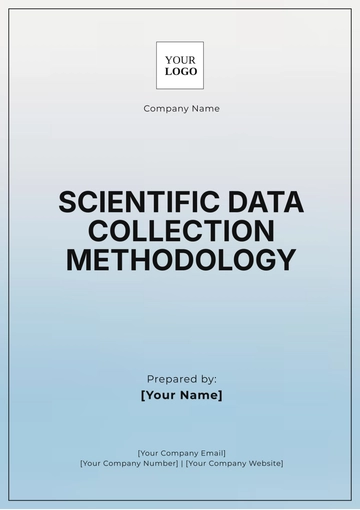Free Hazard Management Journal
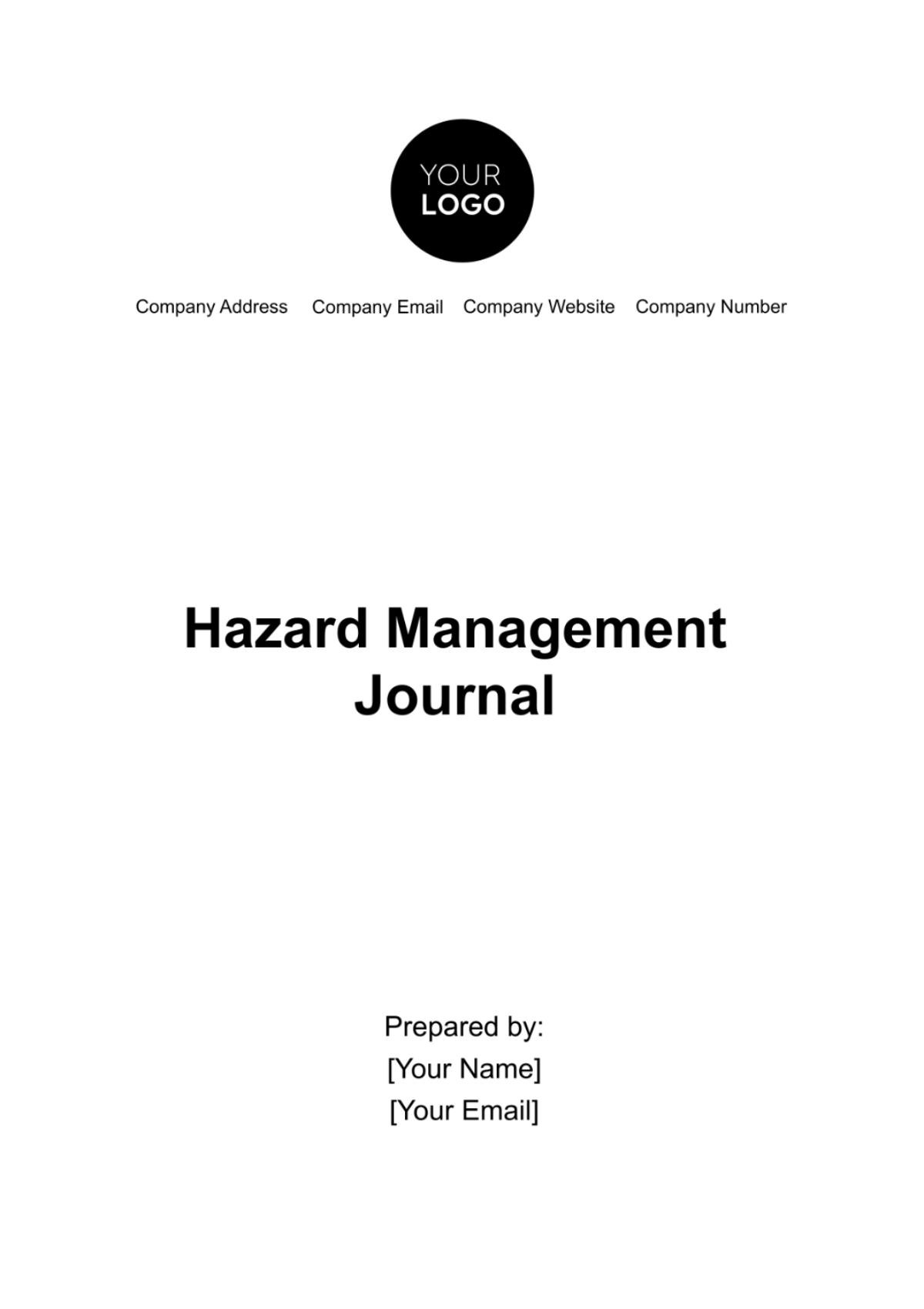
I. Introduction
A. Purpose of the Journal
The primary aim of this journal is to establish a robust framework for identifying, assessing, and mitigating occupational hazards in various work environments. It serves as a comprehensive guide for health and safety professionals to systematically approach workplace safety, ensuring a reduction in workplace accidents and promoting a culture of safety.
Scope of the Journal
This document covers a broad spectrum of hazards including physical, chemical, biological, ergonomic, and psychosocial risks. It applies to a wide range of industries from manufacturing and construction to healthcare and office environments, offering versatile strategies and solutions.
II. Methodology for Hazard Identification
A. Hazard Identification Techniques
Workplace Inspections:
Regularly scheduled and surprise inspections are conducted to identify potential hazards. These inspections cover all areas of the workplace, focusing on equipment, work processes, and employee behaviors.
Inspection Schedule:
Area | Frequency | Inspector |
Production Floor | Monthly | Safety Officer |
Warehouse | Quarterly | Team Lead |
Office Space | Bi-annually | HR Representative |
Task Analysis:
Detailed analysis of individual tasks to identify risks associated with specific job duties. This involves breaking down each task into its components and evaluating potential hazards.
Task Analysis Example:
Task | Potential Hazard | Control Measure |
Operating a Forklift | Collision Risk | Mandatory Training & Regular Drills |
Accident/Incident Investigations:
Post-incident analysis is crucial. Every accident or near-miss is thoroughly investigated to identify the root cause and prevent recurrence.
Recent Incident Log:
Date | Incident | Root Cause | Corrective Action |
03/15/2050 | Slip and Fall in Warehouse | Wet Floor | Implementing Regular Floor Checks |
B. Stakeholder Involvement
Employee Engagement:
Employees are encouraged to report hazards and participate in safety committees. This inclusive approach ensures diverse perspectives in hazard identification.
Employee Safety Survey Results:
Question | Positive Response Rate |
Do you feel safe at work? | 85% |
Are you aware of how to report hazards? | 90% |
Management and Health & Safety Representatives:
Regular meetings are held with management and health & safety representatives to discuss and evaluate the effectiveness of hazard identification strategies.
Meeting Schedule and Key Topics:
Date | Key Topics |
04/10/2050 | Updating Safety Protocols |
05/22/2050 | Reviewing Employee Training Programs |
III. Risk Assessment Procedures
A. Risk Matrix
To evaluate the severity and likelihood of identified hazards, a risk matrix is utilized. This matrix helps in classifying risks into various categories, aiding in prioritizing mitigation strategies.
Risk Assessment Matrix: [Table 1]
Hazard Likelihood | Minor Injury | Major Injury | Fatal Injury |
Unlikely | Low Risk | Moderate Risk | High Risk |
Possible | Moderate Risk | High Risk | Very High Risk |
Likely | High Risk | Very High Risk | Extreme Risk |
B. Prioritization of Hazards
Hazards are prioritized based on their potential impact and likelihood. This ensures that resources are allocated effectively to address the most critical risks first.
Hazard Prioritization Example: [Table 2]
Hazard Description | Severity | Likelihood | Priority Level |
Chemical Spill | High | Possible | High Priority |
Electrical Fault | Moderate | Likely | Medium Priority |
Slippery Surfaces | Low | Likely | Low Priority |
IV. Hazard Control Strategies
A. Hierarchy of Controls
The hierarchy of control measures is a systematic approach to mitigating workplace hazards. This includes elimination, substitution, engineering controls, administrative controls, and personal protective equipment (PPE).
Hierarchy of Controls: [Table 3]
Control Type | Examples |
Elimination | Removing a hazardous process entirely |
Substitution | Using less hazardous materials |
Engineering | Safety guards on machinery |
Administrative | Rotating job tasks to reduce exposure |
Personal Protective Equipment (PPE) | Safety goggles, gloves |
B. Implementation of Controls
This subsection details the process of selecting and implementing appropriate control measures based on the hierarchy of controls.
Control Implementation Plan: [Table 4]
Hazard Identified | Selected Control Measure | Implementation Date | Responsible Party |
High Noise Levels | Engineering Control - Sound Insulation | 06/2050 | Facilities Manager |
Hand Injuries | PPE - Enhanced Safety Gloves | 07/2023 | Safety Officer |
V. Training and Awareness Programs
A. Employee Training
Training programs are essential in equipping employees with the knowledge and skills to recognize and safely respond to workplace hazards. These programs include both initial training for new hires and ongoing training for all staff.
Employee Training Schedule:
Training Topic | Frequency | Target Audience |
General Safety Induction | Annually | All Employees |
Emergency Response Procedures | Bi-annually | Emergency Response Team |
Hazardous Material Handling | Quarterly | Warehouse Staff |
B. Continuous Learning
Continuous learning initiatives are designed to keep safety knowledge up-to-date and address emerging risks. These include regular safety briefings, updates on new regulations, and lessons learned from incidents within and outside the organization.
Continuous Learning Activities: [Table 2]
Activity Type | Description | Frequency |
Safety Bulletins | Updates on new safety protocols and equipment | Monthly |
'Safety Moments' in Meetings | Brief safety reminders at the start of meetings | In Every Meeting |
Webinars on Emerging Risks | Online sessions discussing new industry risks | Quarterly |
VI. Monitoring and Review
A. Monitoring Mechanisms
Effective hazard control requires ongoing monitoring. This involves regular audits, safety inspections, and employee feedback to ensure that control measures are effective and adhered to.
Monitoring Activities:
Activity | Description | Frequency |
Safety Audits | Comprehensive review of all safety procedures and controls | Annually |
Employee Safety Surveys | Surveys to gather employee feedback on safety culture | Bi-annually |
Equipment Inspections | Detailed checks of all safety-critical equipment | Monthly |
B. Review and Update Cycle
The dynamic nature of workplace hazards necessitates a regular review and update cycle. This ensures that the hazard management strategies remain effective and relevant.
Review and Update Schedule:
Item to be Reviewed | Last Review Date | Next Scheduled Review |
Emergency Evacuation Plan | 01/2050 | 01/2051 |
PPE Standards and Requirements | 06/2050 | 06/2051 |
Chemical Handling Procedures | 03/2050 | 03/2051 |
VII. Case Studies and Best Practices
A. Success Stories
This section showcases real-life examples where effective hazard management significantly improved workplace safety. These case studies serve as powerful illustrations of best practices in action.
Case Study Summaries:
Case Study | Hazard Addressed | Solution Implemented | Outcome |
Acme Manufacturing Plant | Machine Guarding | Installation of automated safety guards | 50% reduction in machinery-related injuries |
XYZ Chemicals | Chemical Exposure | Introduction of closed system processing | Elimination of skin and respiratory issues among workers |
B. Lessons Learned
Analyzing incidents and near-misses provides valuable insights. This subsection includes lessons learned from past events, emphasizing the importance of proactive hazard management.
Lessons Learned Overview:
Incident Description | Lesson Learned | Implemented Change |
Overhead crane collapse at ABC Construction | Regular maintenance is crucial for heavy equipment | Instituted a monthly inspection program for all cranes |
Fire in the storage area of DEF Logistics | Proper storage and labeling of flammable materials are essential | Revised storage protocols and employee training on hazardous materials |
VIII. Conclusion
A. Summary of Key Findings
The journal demonstrates the critical importance of a systematic approach to hazard identification, risk assessment, and control. Key findings highlight the effectiveness of employee involvement, continuous training, and regular monitoring in cultivating a safe work environment.
B. Future Directions
Looking ahead, the field of occupational health and safety is expected to evolve with technological advancements and changing workplace dynamics. Emphasizing adaptability and ongoing learning will be crucial in addressing future challenges. Continuous improvement in safety practices will remain a key focus, ensuring not only compliance with regulations but also the well-being of all employees.
- 100% Customizable, free editor
- Access 1 Million+ Templates, photo’s & graphics
- Download or share as a template
- Click and replace photos, graphics, text, backgrounds
- Resize, crop, AI write & more
- Access advanced editor
Introducing Template.net's Hazard Management Journal Template, an essential resource for businesses managing workplace hazards. This customizable template, editable in our Ai Editor Tool, enables thorough documentation and analysis of potential risks. Simplify hazard management procedures and enhance workplace safety with ease using Template.net's innovative platform. Keep your workforce protected and operations running smoothly with our user-friendly templates.





